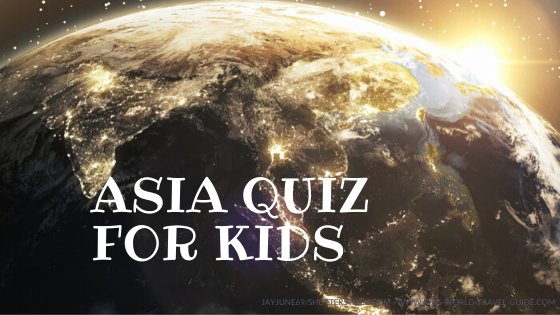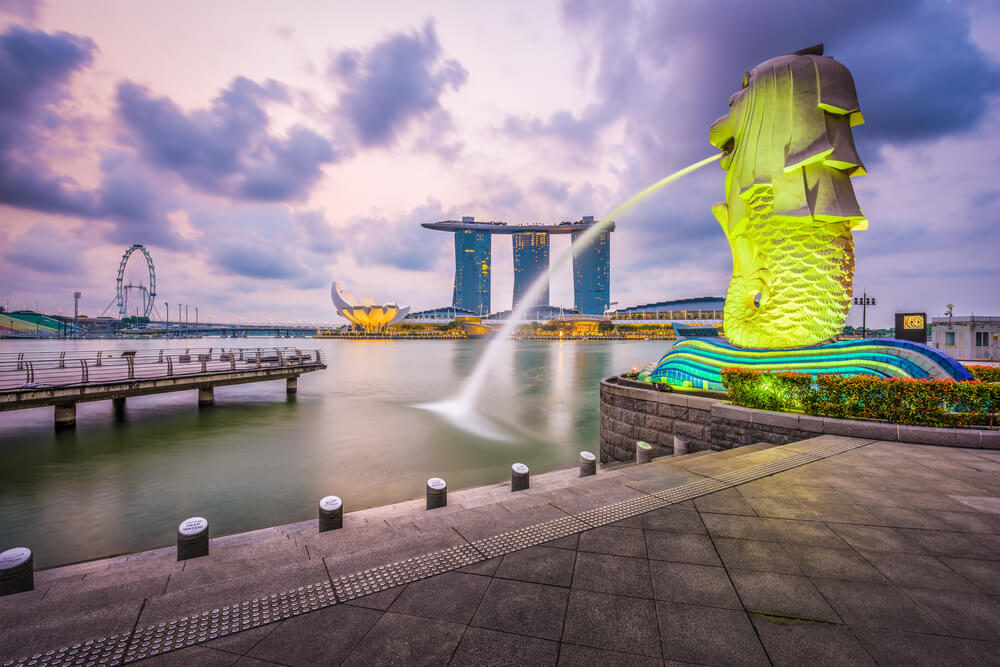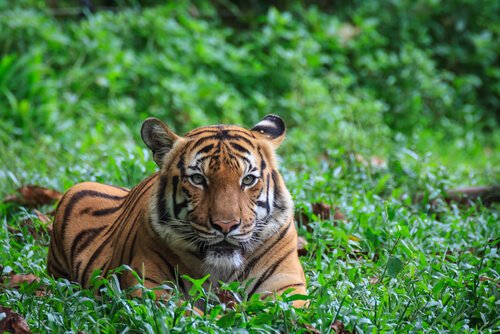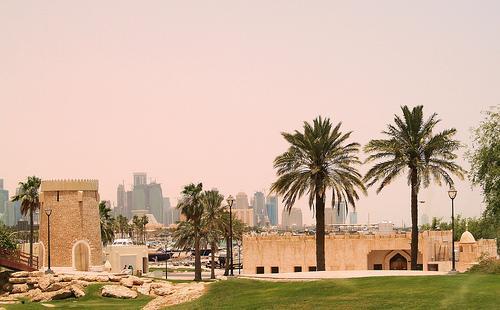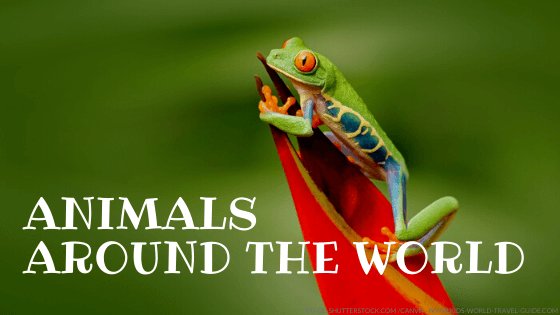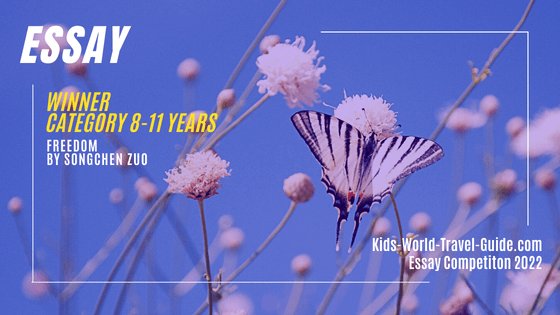- Homepage
- Chinese New Year
- Chinese New Year for Kids
Chinese New Year For Kids
Chinese New Year for Kids shares the most important facts for kids about the major event in the Chinese cultural calendar.
Chinese New Year is celebrated around the world by about 2 billion people which is almost 20% of the world population.

Chinese New Year (CNY)
Facts for Kids
Lunar New Year
Chinese New Year is also referred to as Spring Festival by the Chinese population. Many countries also call the major event "Lunar New Year."
Why Lunar New Year?
The festivities for the new year begins on the new moon that marks the end of winter. In 2025, the new moon appears on 29 January thus Chinese New Year celebrations start on this day.
The term "lunar" refers to the moon. The Chinese calendar is based on the phases of the moon.
The Lunar New Year celebrations last fifteen days.
Zodiac Signs
There are twelve zodiac signs in the Chinese lunar calendar. Read the legend about the zodiac signs here.
 Dragon Dragon |
 Snake Snake |
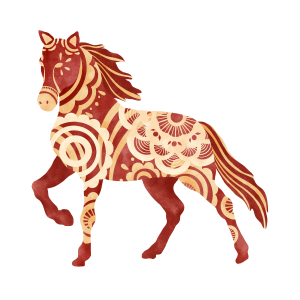 Horse Horse |
 Goat Goat |
 Monkey Monkey |
 Rooster Rooster |
 Dog Dog |
 Pig Pig |
 Ox Ox |
 Rat Rat |
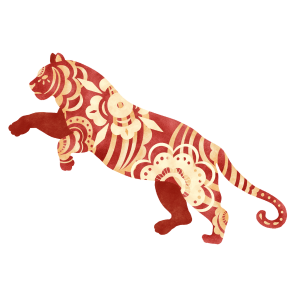 Tiger Tiger |
 Rabbit Rabbit |
Chinese Calendar
The Chinese calendar years are linked to the zodiac animals as follows:
- Year of the Dragon: 2024, 2012, 2000
- Year of the Snake: 2025, 2013, 2001
- Year of the Horse: 2026, 2014, 2002
- Year of the Goat: 2027, 2015, 2003
- Year of the Monkey: 2028, 2016, 2004
- Year of the Rooster: 2029, 2017, 2005
- Year of the Dog: 2030, 2018, 2006
- Year of the Pig: 2031, 2019, 2007
- Year of the Rat: 2032, 2020, 2008
- Year of the Ox: 2033, 2021, 2009
- Year of the Tiger: 2034, 2022, 2010
- Year of the Rabbit: 2035, 2023, 2011
Please remember, that the Lunar New Year is usually celebrated between mid of January to mid of February.
So if you are born on 2 February 2016, please check the exact dates of New Year in the Chinese calendar. If you were born on 2 February 2016 means you are born in the 'Year of the Goat' as the New Year of the Monkey began on only 8 February 2016!
The Chinese calendar is about one month behind our (so called Gregorian) calendar as it has between 30 and 50 more days per year.
The Chinese zodiac calendar has a cycle of 12 years.
Typical Symbols of Chinese New Year
 Tangerines Tangerines |
Tangerines or mandarin oranges are considered a symbol of luck. The sound of the name for tangerine resembles in the Chinese language to the word for 'luck' and the sound of 'orange' to 'success'. Citrus trees are also used for decorations. |
 Red Envelope Red Envelope |
Red envelopes also referred to as "red packets" are common gifts to unmarried young people and children. The envelopes are filled with money, bank notes in even numbers. The gift is a symbol for wealth. |
 Lucky Bamboo Lucky Bamboo |
Bamboo is considered to bring strength. As such bamboo is a common gift in the Chinese culture. Lucky bamboo is a plant that is well received throughout the year. |
 Dumplings Dumplings |
Dumplings are traditionally eaten during the Chinese New Year celebrations. Often golden coins are hidden in the centre of the dumpling to symbolise prosperity. |
 Red and yellow clothes Red and yellow clothes |
The dress code for the Chinese New Year celebrations is to wear something red as the colour is considered to scare away evil spirit. |
 Fireworks Fireworks |
Evil spirits are also chased away the lighting fire crackers in the streets. Fire crackers are packed in red paper, but are now mostly forbidden in many regions. Public fireworks displays are lit in many places instead. |
 Lucky colours Lucky colours |
In general lucky colours are red, yellow and gold. Chinese culture considers red as the main colour for celebrations. In the Year of the Snake, also black and gold or yellow are considered to bring luck. |
 Lucky 8 Lucky 8 |
Lucky numbers vary according to the zodiac sign, but Chinese culture appreciate even numbers 2, 4 and 8. The number eight is usually considered to luckiest. For the Year of the Snake 2, 8 and 9 are considered lucky. |
Chinese New Year for Kids
Traditions
 Playing Mahjong Playing Mahjong |
Mahjong and other games are played by family and friends after the Chinese New Year reunion dinner. This game with 144 tiles for up to 4 players is popular especially in China, Hong Kong and Singapore. |
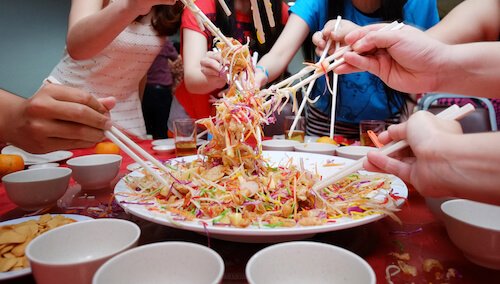 Prosperity toss Prosperity toss |
The 'Lo hei' or 'prosperity toss' is a tradition at any Chinese New Year reunion. |
 Lion dance - image by windmoon/ shutterstock Lion dance - image by windmoon/ shutterstock |
Lion dances or dragon dances are popular events during the Lunar New Year celebrations. Dragons and lions are said to chase away bad spirits. |
 Lantern festival Lantern festival |
The Lantern Festival marks the end of the Lunar New Year festivities and takes place on the fifteens day of the celebrations. Families walk with lanterns through the streets or lanterns are released to float in the sky. |
Find out more about Chinese New Year Customs and Traditions on another page here: Chinese New Year Facts
Chinese New Year For Kids
Chinese New Year for Kids Resources
- Andrew Koay. "The Surprising Origins of Singapore's Chinese New Year Traditions, Explained. Mothership.sg. 25 January 2020. Last accessed 28 January 2025
- The Chinese Language Insitute. "The Origins of the 12 Zodiac Animals." StudyCLI. Last accessed 28 January 2025
Popular Pages
More about Asia
Feel free to contact us if you or your school would like to join in our schools project. Looking forward to hearing from you!
Picture credits in main text: own or shutterstock.com
Return from Chinese New Year in Singapore to Kids-World-Travel-Guide Homepage
Countries celebrating Lunar New Year
More about Singapore
More about Countries and Territories in Asia
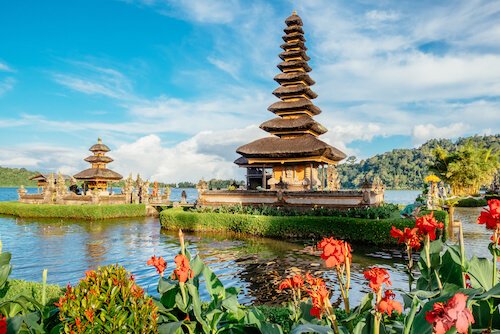 Indonesia
Indonesia Nepal
Nepal Sri Lanka
Sri Lanka Thailand
Thailand***








